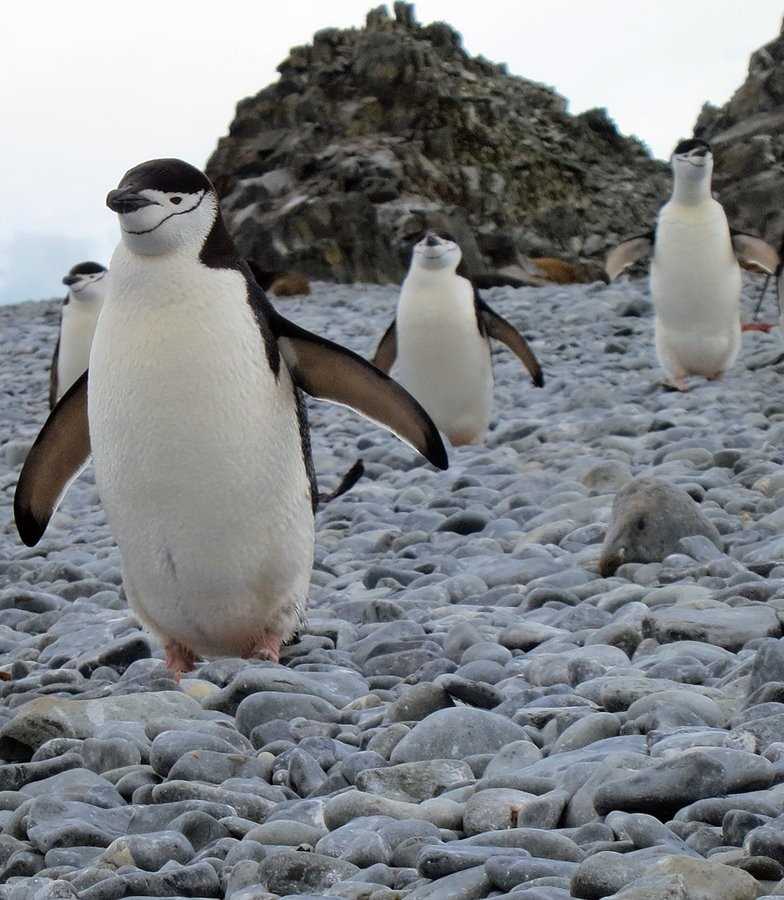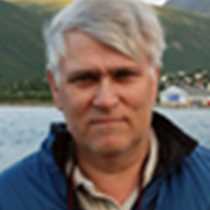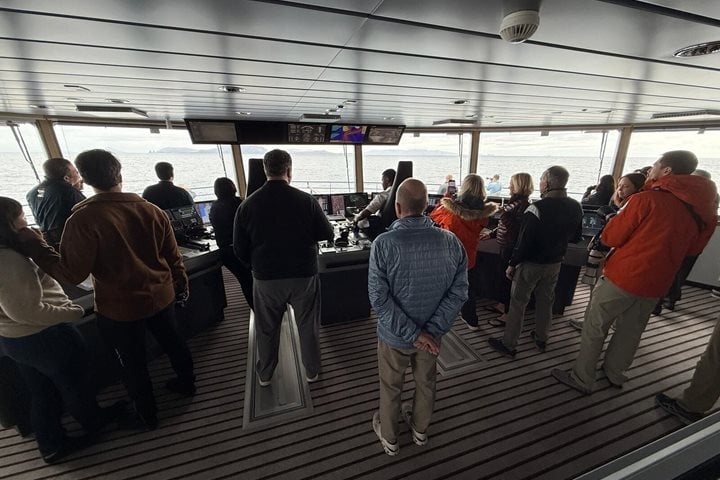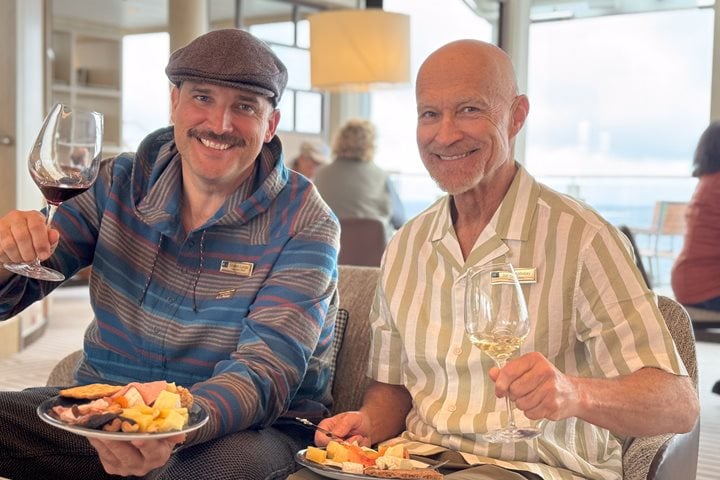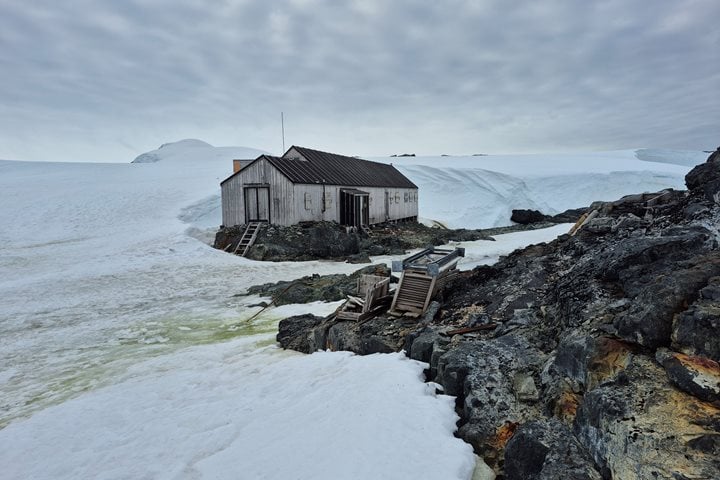After a remarkable, smooth crossing over the famous
Drake Passage already by 5 a.m. some of the early and eager travelers were up on
the Bridge with high hopes of spotting the first icebergs as we sailed in over
the shelf. Just like William Smith, who first spotted this group of islands on February 19,
1819, we had fog but at least we are
well-equipped with navigation tools to show us the way so we did know where we
were heading. Slowly we made our way into the South Shetland Islands, between
Nelson and Robert Island and soon we finally saw land. Antarctica was reached!
Before and during breakfast we had a scouting team
out to explore a completely new landing site, Robert Point, and after breakfast
our fleet of Zodiacs was waiting for everyone to go ashore. The setting with
penguins, seals and distant glaciers really gave us the flavor of Antarctica.
Our first penguin colony had chinstraps, now with large chicks soon to be fledged. The colonies are easily spotted in the far
distance as the ground is ‘painted’ red, this of course from the food they
consume, the krill. Large numbers of Antarctic fur seals and elephant seals
were found in a sleepy state as they were now in the molting phase and were relaxing
after their busy breeding period. In both species, males gather a harem, which
means they have to fight for their females for two to three months and now they
are in a lazy state, or better exhausted. Photo opportunities were endless and
those who searched the rocks and ground more carefully were able to spot one of
two vascular plants, a grass, existing below the Antarctic Convergence.
In 1819 after Captain Willian Smith reported his
finding, new land which at first was called ‘New Britain’, and also the abundance
of seals here in South Shetland, sealers from both New England and ‘old’
England quickly swarmed the area to almost exterminate the whole fur seal
population. The pelts were a great commodity brought to China and the market
had endless demand. The elephant seals were also used for the oil in their
blubber, which was extracted and brought to the east coast of the U.S. or
England to be used for street lights and to make candles. It was a short lived
‘Klondike’ and already by 1825 the sealers were forced to find other hunting
grounds. Now almost 200 years later both the fur seal and the elephant seal are
reclaiming old grounds. Nature can heal after human impact but it can take a
long time.
During lunch the ship moved on and the afternoon
outing was at Aitcho Islands, again a site with penguins and seals. Here we
were able to also get a closer look at our second brush-tailed penguin, the Gentoo.
Time runs fast and soon we had to return home to the National Geographic Explorer. The bridge team took her out into Bransfield
Strait with our compass set for Antarctic Sound. A great start for our first
day in Antarctica and for sure much more to come.

